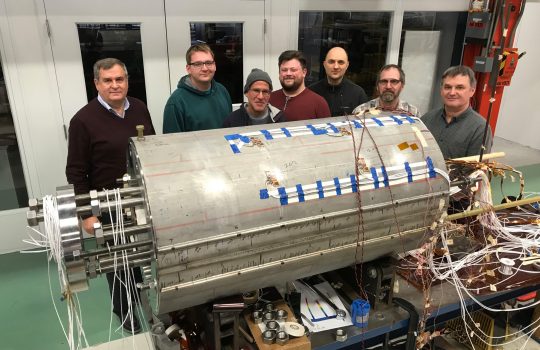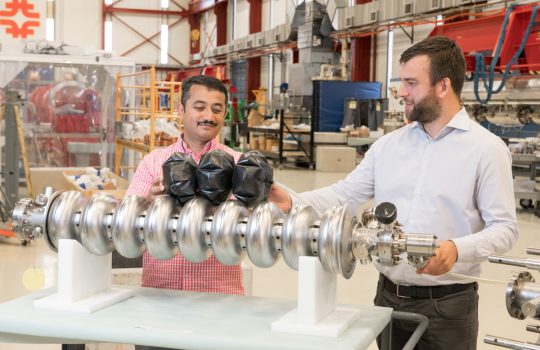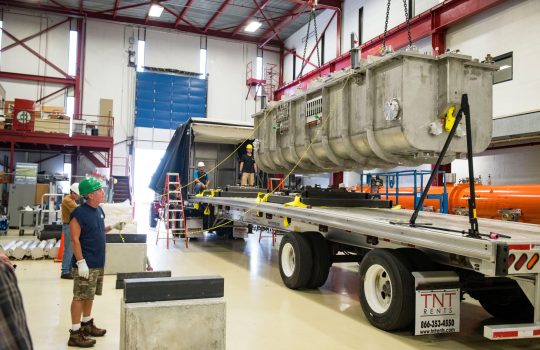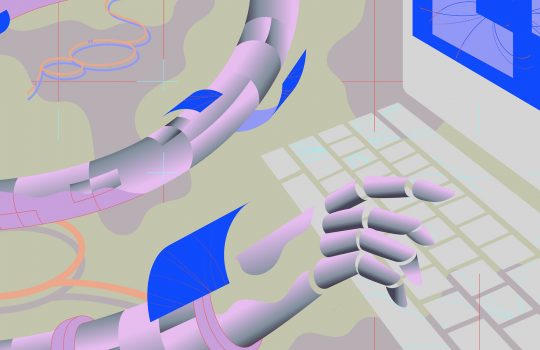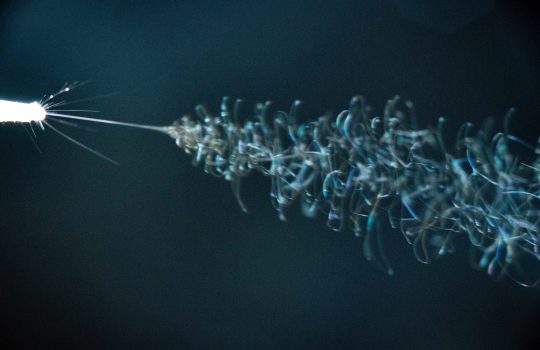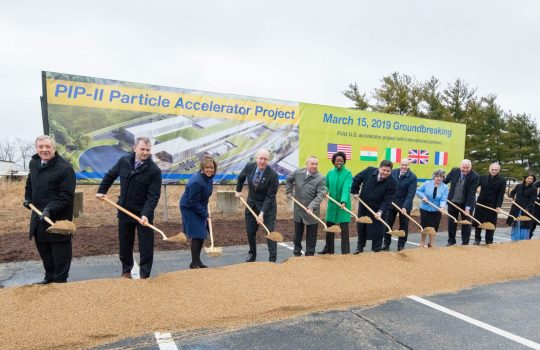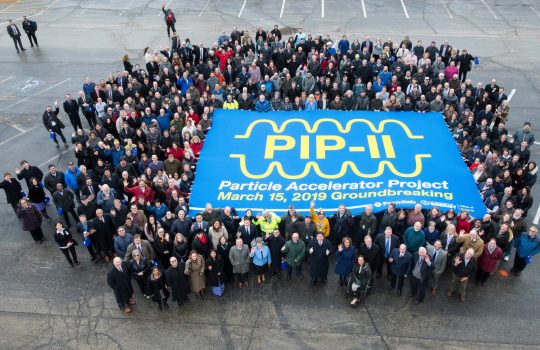W Fermilab powstał najpotężniejszy magnes dla akceleratorów cząstek
From KopalniaWiedzy.pl, Sept. 13, 2019: Naukowcy z Fermilab poinformowali o wygenerowaniu najsilniejszego pola magnetycznego stworzonego na potrzeby akceleratorów cząstek. Nowy rekord wynosi 14,1 tesli, a wynik taki uzyskano w magnecie schłodzonym do 4,5 kelwinów, czyli -268,65 stopnia Celsjusza. Poprzedni rekord, 13,8 tesli, został osiągnięty przed 11 laty w Lawrence Berkeley National Laboratory.

